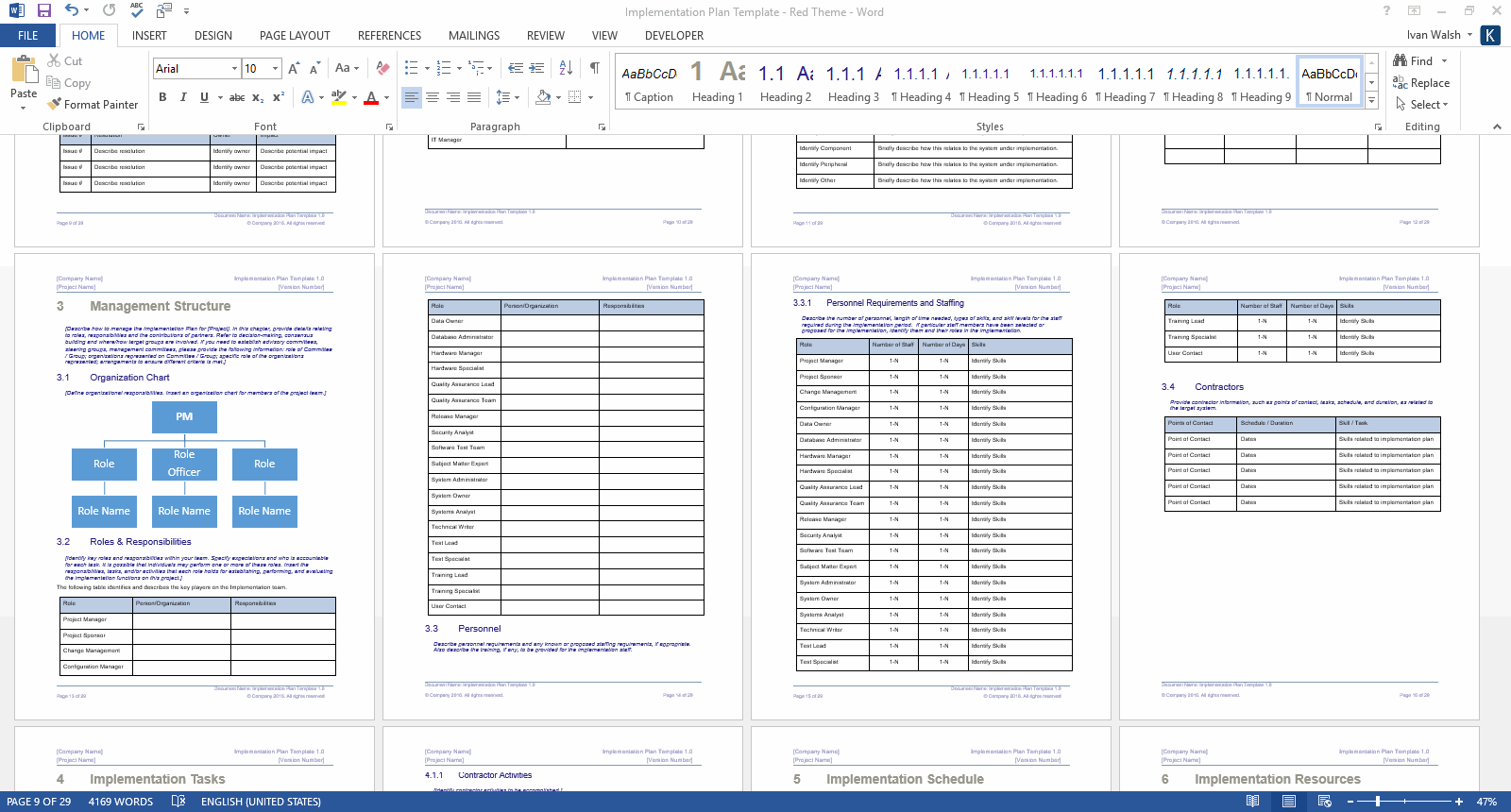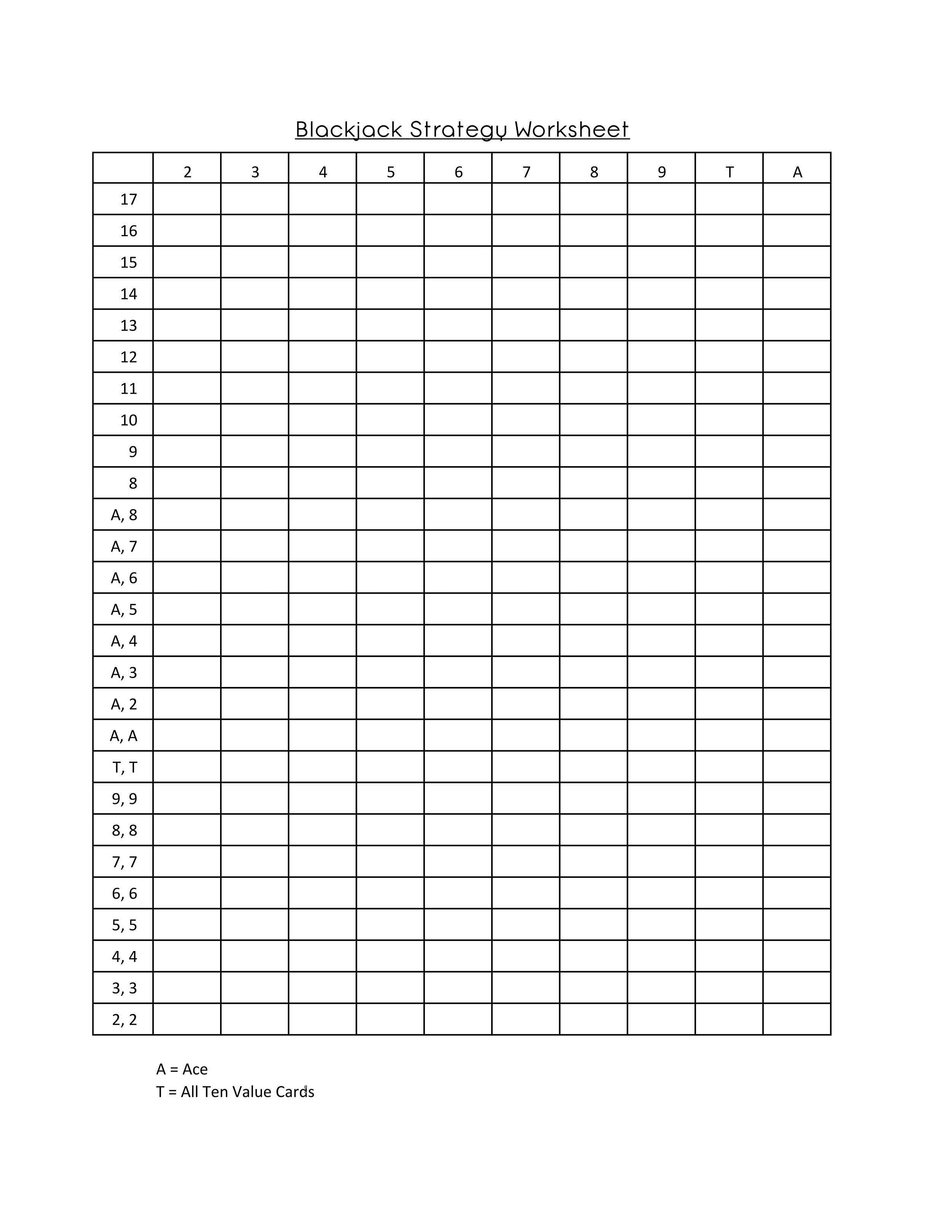Red 7 Card Counting System
Red Seven is a blackjack card counting system, used by hundreds of players worldwide. It has been especially designed to be not only reliable but also easy to comprehend. The Red Seven counting system assigns the following count values to the cards: Ace, King, Queen, Jack and 10 are counted as -1 Low cards 2, 3, 4, 5, and 6 are counted as +1 The red 7s (i.e. The 7 of diamond and the 7 of hearts) are assigned a value of +1. The Zen Count system, just as any card counting method, relies heavily on creating a running count. In other words, as a card is dealt at the blackjack table, the player needs to assign a value to it and then add the value to the sum of the values of all previously dealt cards. Counting Cards With the Red 7 System Determine your starting count based on the number of decks in play. See our guidance in the section When you see an A, K, Q, J, or 10: Subtract 1 from your running count When you see a 2, 3, 4, 5, 6, or red 7: Add 1 to your running count When you see a black 7.
Blackjack is a globally popular banking game. It is also known as twenty-one. Blackjack can be summarised as a card comparing game between several players and each of these players competes with the dealer but none of the players offends the other one. It is played with one or more deck of 52 cards. And in this blackjack game when it comes to card counting the Red 7 count comes in play. The red 7 count system back in 1983 was invented by Arnold Snyder. He wrote a book called a black belt in blackjack which familiarised red 7 count in it.
What is card counting?
Meanwhile what is card counting can be a question for many who are amateurs in the game of blackjack. Card counting is a basic card game strategy in blackjack which is used to determine whether the next hand is likely to give a probable advantage to the player or to the dealer. And Card counting allows players to bet more with lesser risk involved in it. And red 7 count is one the system of card counting in blackjack.
What is red 7 count?

Now when you know what card counting is, you can hop on to red 7 count and you will immediately understand the principles on which red 7 count is built. In other methods running count is the sole indicator of the raise but it is not in the case of red 7 count. In this, along with the elements of blackjack strategies, there is a combination with the running count with Red 7 to make informed decisions. Red 7 count can be definitely termed as an exclusive indicator when to raise more on your bets. It is an unbalanced system of card counting. And this unbalanced nature of Red 7 makes it accurate enough to regulate that how approving the deck is for the player.

Card values in red 7 count:
Each card in the red 7 system is allotted with a point value which is used to determine the running count. And as it is noticeable the difference between red 7 and black 7 makes the system unbalanced. If you count the values of every card in the deck the value reaches to +2 instead of 0. And hence it is important to start with -2 if you play with blackjack with one deck of cards and multiply it with -2 if you choose to play with multiple decks of cards.
When you calculate the card values of your cards up to 0+, this indicates that the player may have an edge over the house, and hence it might be a good time to bet on.
In card counting there comes a moment when you ought to increase your bet in order to take advantage of the favourable deck. And this is done when the specific running count reaches the pivot point. But what is a pivot point? Actually, a pivot point is that point where the payer comes to know that the deck is in his favour and he can bet more to win the game. Hence the red 7 count might be the most variable card counting system but it is the most preferable system for players if they stay consistent with it for a long while.

Simple Card Counting System

By There is no such thing as a “best” Obviously, the answer to this question is not as easy as it appears. Several approaches have been used in the past to evaluate card counting systems. One analytical approach is the calculation of several performance parameters (e.g., playing, betting, and insurance efficiencies). The results are then used to approximate the potential of one system over another. Another approach that is used is to simulate each system against typical game conditions on a high speed computer. Simulations can provide an accurate real-world estimate of the advantages and win-rates that are possible in playing a particular system.
However, the problem with coming up with a ‘best’ card counting system. Instead of a single-level ‘unbalanced’ count you could assign more accurate point values to each card and determine true counts by the exact number of decks or cards remaining. You could improve ‘playing’ efficiency by assigning a ‘zero’ to the Ace and side counting each of them. You could also side count other cards such as 7s, 8s, and 9s thus improving your play against specific hands. You could also incorporate play variations (changes to basic strategy) based on specific counts by remembering ‘every’ index number for ‘every’ play possible. To improve the accuracy of your insurance decisions you could also keep a separate count of all the tens in the deck or shoe. Of course, you don’t want to forget all the ‘practical’ advice each system offers in regard to betting, playing, camouflage, and other tips and tricks of the trade.
I believe the above comment was one of the most important suggestions ever made about card counting. Griffin suggested that it may be better to keep your base count simple to allow your brain the ability to perform other tasks and to utilize other sources of information. These other sources of information can often improve the potential of a single-level count over an advanced 2- or 3-level count that doesn’t use this information. This information includes side counts, shuffle tracking, ace location strategies, key card techniques, and dealer errors. My own experience at card counting has shown that Griffin was probably right.
Human error is another reason to keep it simple. The most advanced card counting system may be one that perfectly balances theoretical power and your human ability to execute it accurately.
ADDITIONAL RESEARCH

Easiest Card Counting Systems
- The”Best” Card Counting System: A Comparison of the Top 100 by Copyright © 1994 – 2020 All Rights Reserved
FAQ 11: Originally published in Volume 6 Issue 4 of Blackjack Review Magazine
RETURN NEXT FAQ↑1 A single-level count assigns point values in such a manner that the non-zero point values are the same in absolute value, namely +1 or -1. The single-level Hi-Lo count, for example, assigns 2 – 6 as +1, 7 – 9 as 0, and Tens and Aces as -1.